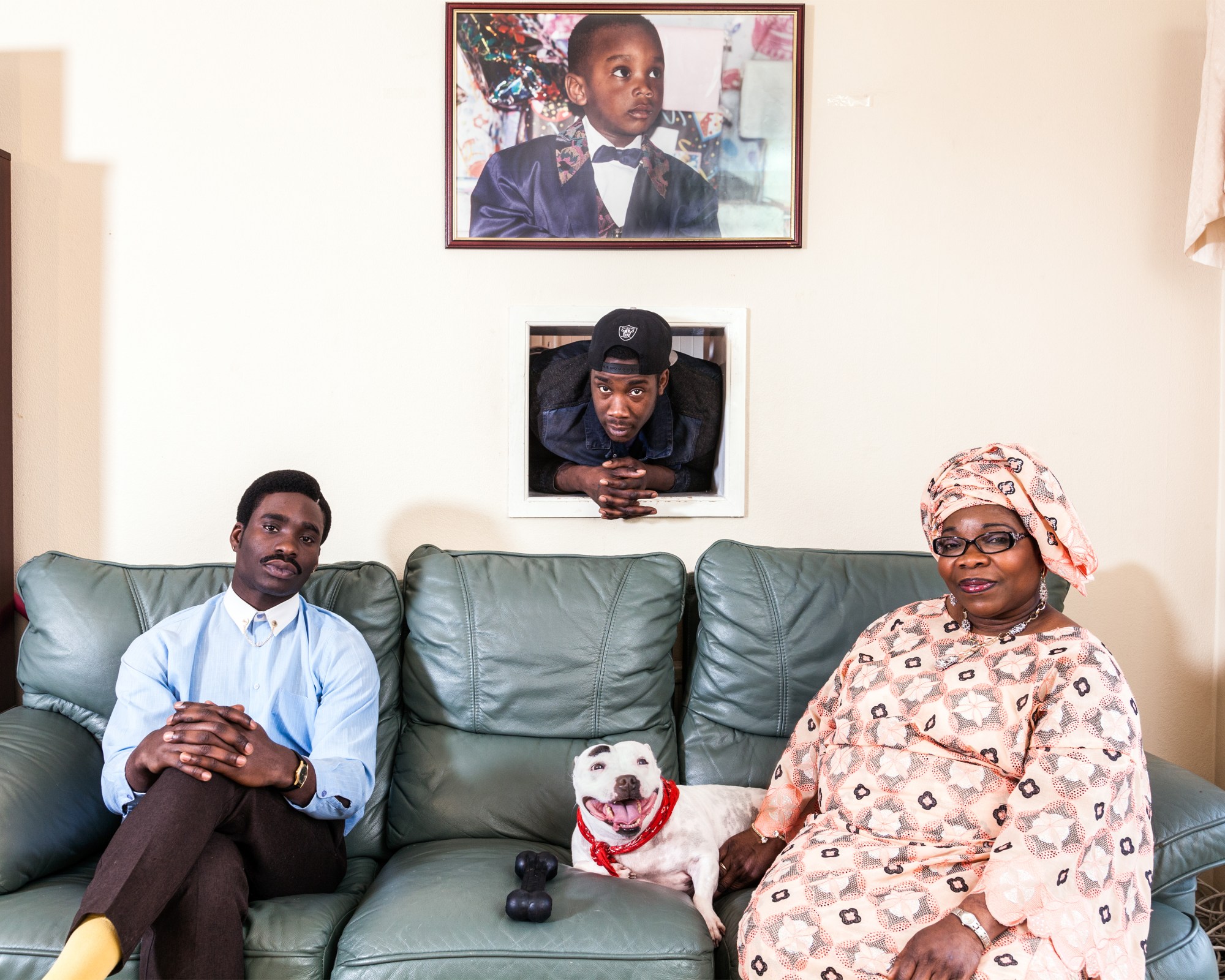“It was a couple of years ago, after seeing a Tory party conference,” says writer and curator Ekow Eshun of the starting point for Kaleidoscope: Immigration and Modern Britain, a new exhibition at Somerset House he’s co-curated . “Theresa May said something about, ‘If you believe you are a citizen of the world, you are a citizen of nowhere’. That kind of appalled me.”
Opening last week, Ekow — who has previously curated shows on black dandyism and post-Soviet aesthetics in London, along with editing The Face, Arena and Tank magazine — wanted to create a show that celebrates the multiplicity of British immigrant identities, rather than create something didactic and one-dimensional. Co-curated by creative director Darrell Vydelingum, Kaleidoscope runs in tandem with Get Up, Stand Up Now — an expansive exhibition celebrating 50 years of black creativity in the United Kingdom — and tells the stories of British immigrant families through film and photography. “My point of view is that immigration has only been to the benefit of Britain,” Ekow says. “That’s how we started thinking about the show… the aim was to allow photographers the room to explore that idea from their own perspectives.”
From Hetain Patel’s The Jump, a video installation in which the artist leaps through the home of his British-Indian family in Bolton wearing a Spiderman costume, to Rhianne Clark’s retrospective of her late father’s undeveloped photography of his Caribbean friends and family, to Liz Johnson-Artur’s vignettes of black British life in 2018, Kaleidoscope articulates the different complexities of a multicultural country with humour, charm and poignance. “It appalled me that we had been talking about immigration in the same breath as we had been talking about Brexit and all of these issues. So often all of this is described as a problem, something to be fixed and managed.” The main takeaway, Ekow says, is to understand “Britain isn’t monocultural, it isn’t a linear story.”
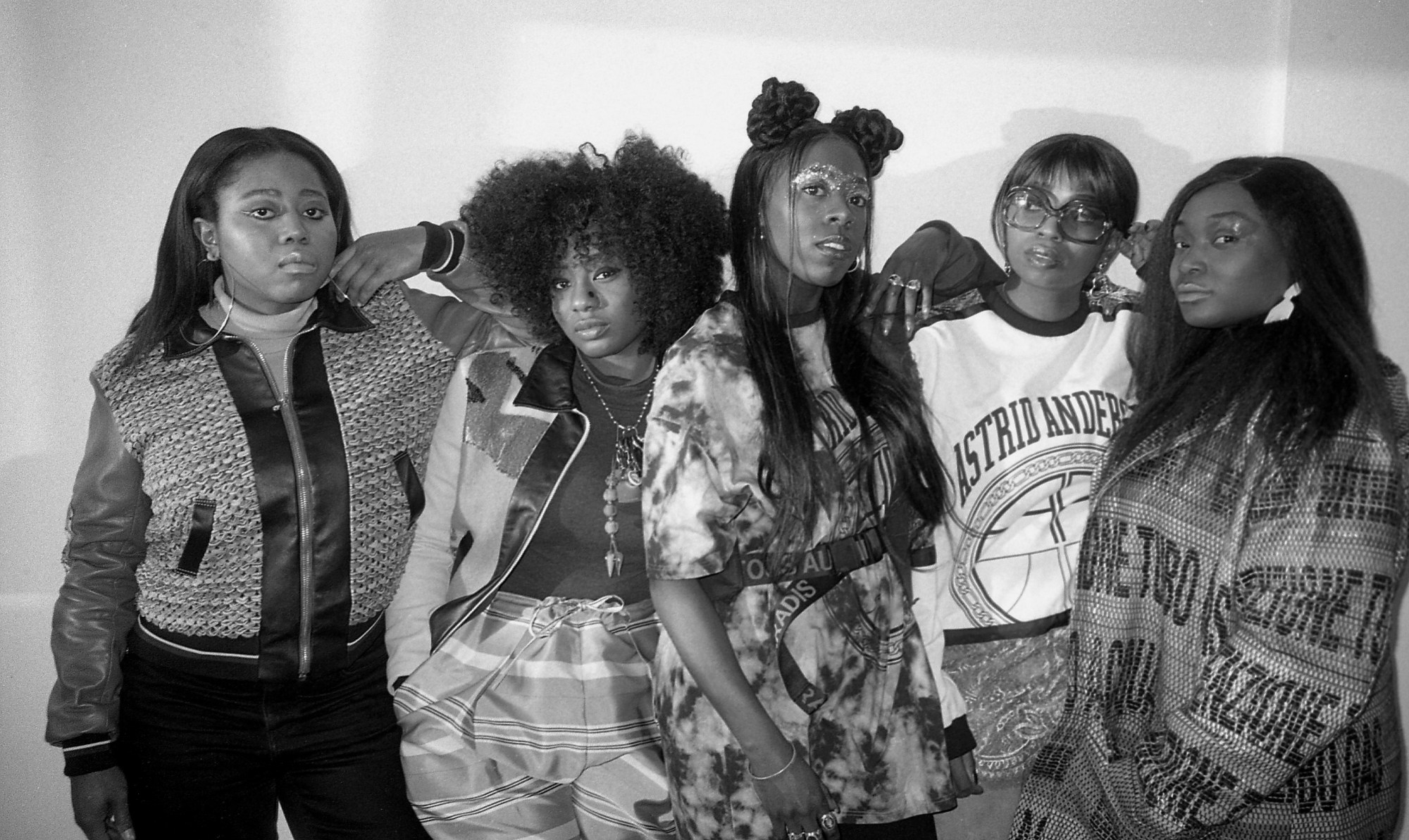
What did you look for in the work of Kaleidoscope’s contributing artists?
The main thing for me was to find photographers who I thought had something empathic and insightful to say on the subject of immigration… that weren’t approaching the subject as outsiders, that weren’t trying to document the experience of others, but were trying to speak to some extent from their own personal experience and from their own personal sensibility. I wanted people who were personally invested in the story of immigration, which didn’t mean they necessarily had to tell their own immigrant story, but they had a way of connecting with the subject that was subjective, rather than objective.
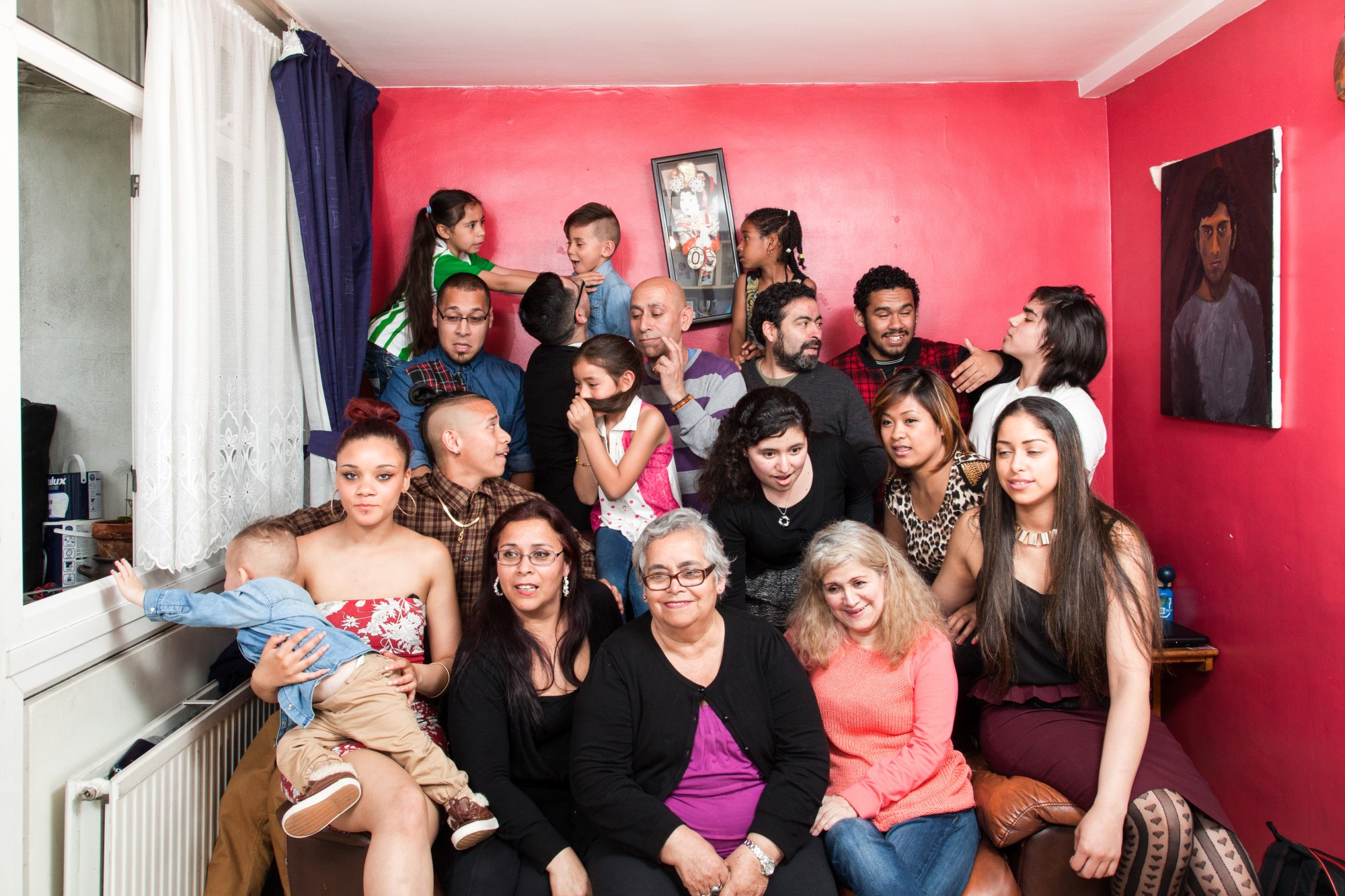
Have you seen many institutions embrace the immigrant perspective in art?
It’s not necessarily a subject that galleries or institutions kind of look at that straightforwardly. There are a lot of artists that come from different perspectives, I was quite cautious doing this show because there are versions of this show that can come off a bit too on the nose, and I think for me, the interesting thing was to see how we could take this subject and hopefully invite artists who could speak with nuance, who could speak with a certain amount of poetry, or lyricism on the subject. I think you see different expressions of this in all different kinds of shows, but I wanted to gather artists together who I felt had something to say on the subject, and then hopefully create or craft a show that, like I said, speaks with some sensitivity, and some insight, and personal investment on the subject.
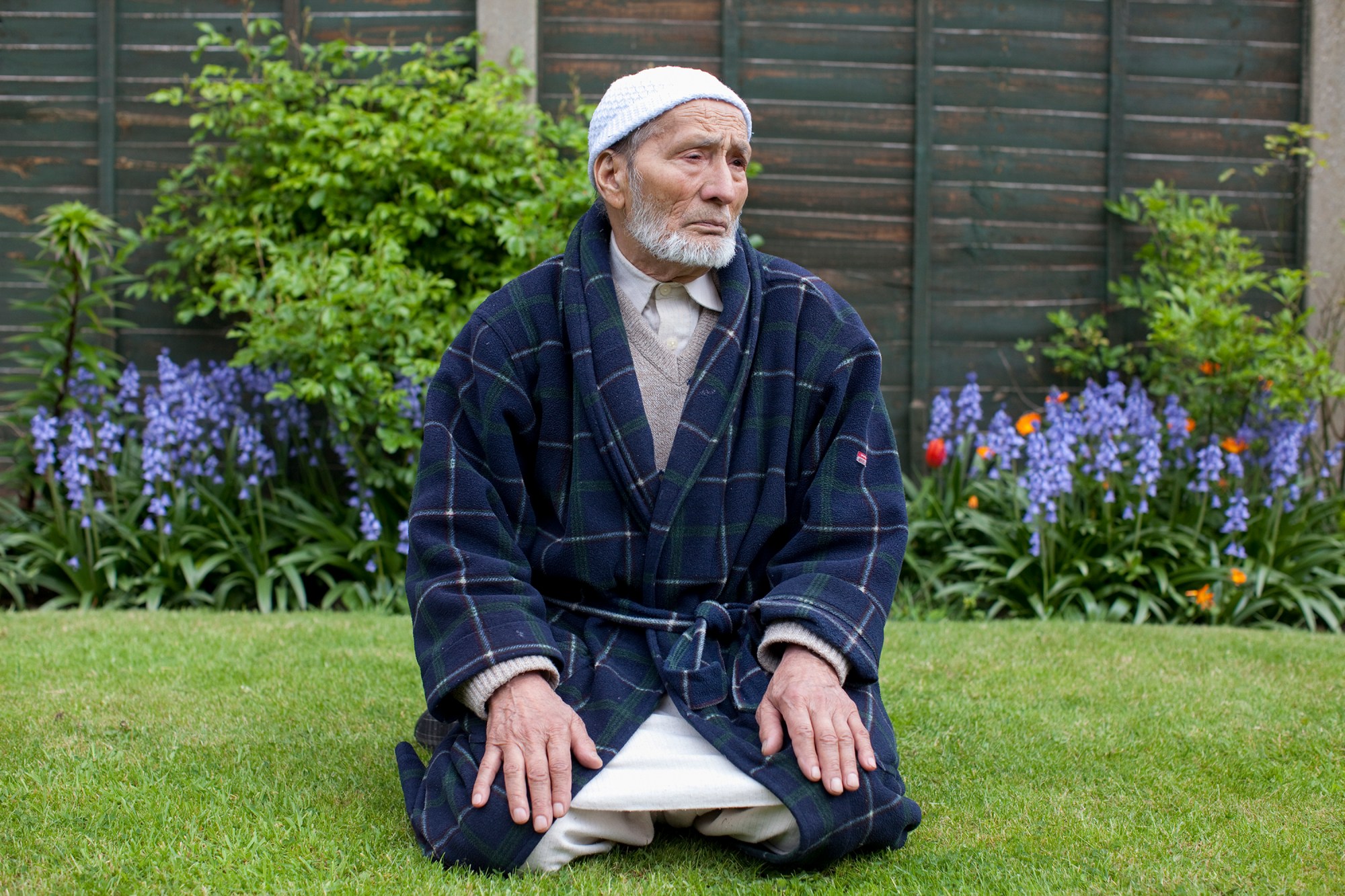
Across all the different work, is there any particular element that resonates with you most?
There’s one image from Rhianne Clark, which is of her dad, I think, bare-chested, just wearing a pair of shorts, in a front garden. It is beautifully composed as a photo. It speaks to history, speaks to her and her personal connection to him. I think it does a number of things that photography can do, which is to make us think about an empathic connection with that figure, as well as make us think beyond that figure, to the world around them.
What I love about exhibitions is that they tell us stories and they allow us to put ourselves in the position of the person in that image, but they also make us think about the society around the society around that. There’s a joy in being able to do all those things, to be able to think in those bigger terms.
All of the work in this exhibition speaks really powerfully and compellingly of what it feels like to belong to more than one place, what it feels like to have a sort of familial, collective or cultural memory that extends back beyond your own direct experience. And how you can sort of articulate all that kind of complexity in ways that are empathic.
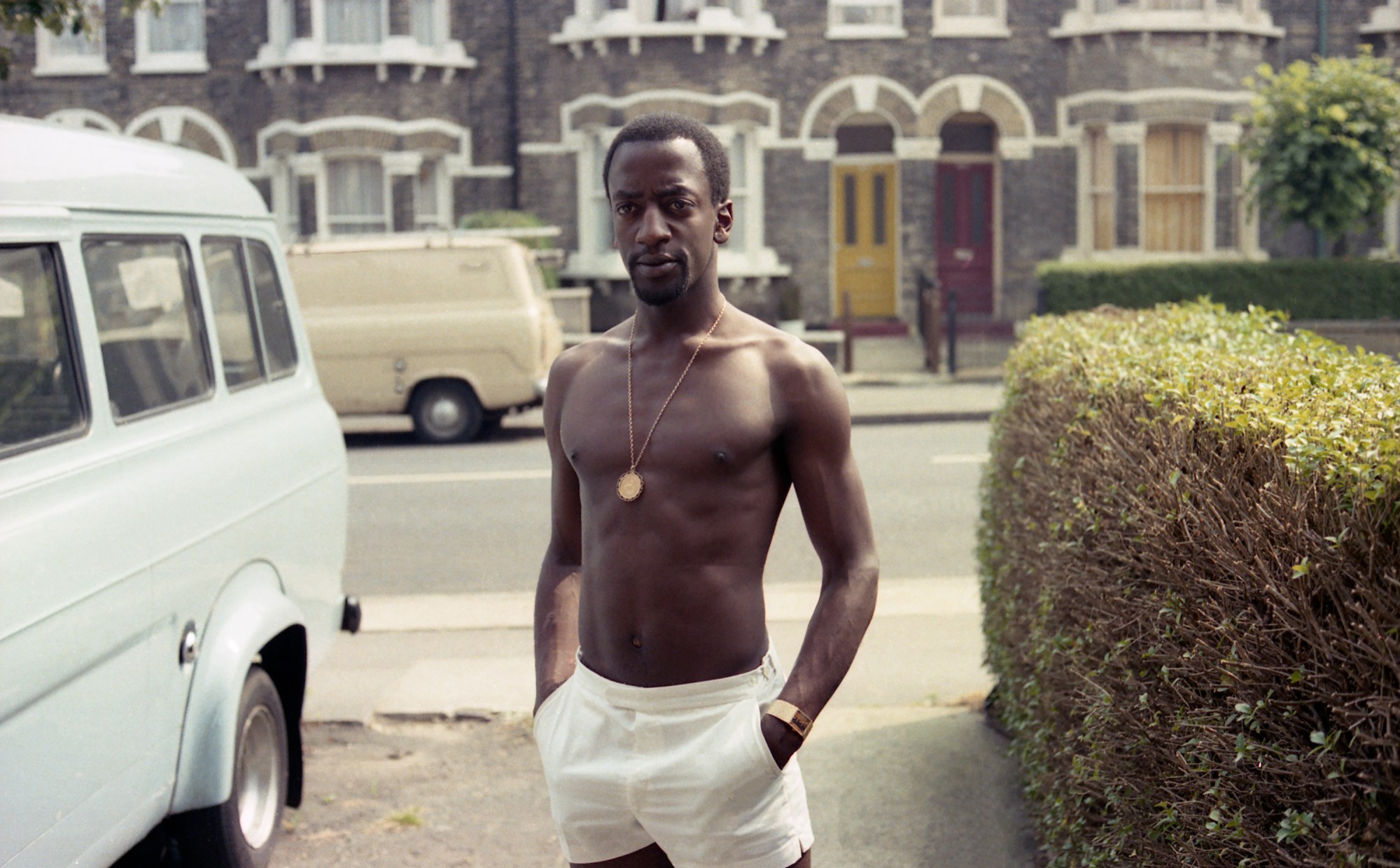
Can you feel a noticeable change in the work of artists today vs. those that created work 30-40 years ago?
Yeah, I mean, I think the distinction is, if we look back over decades, what you’re seeing is a distinction from say an earlier generation of photographers especially. Let’s say someone like Vanley Burke, who was a key black photographer, still working today but had his heyday in the 70s. If we look back then, a lot of this is reportage of a black generation trying to find their place in society. The distinction now is that many of these photographers were born here, and there’s less of a consciousness of “where am I and do I belong?” and there’s a much greater sense of “what does belonging actually feel like, what does Britain itself feel like?” We’re not on the outside battling to be recognised, we’re on the inside articulating how we feel, and articulating as a consequence how Britain itself is changing.
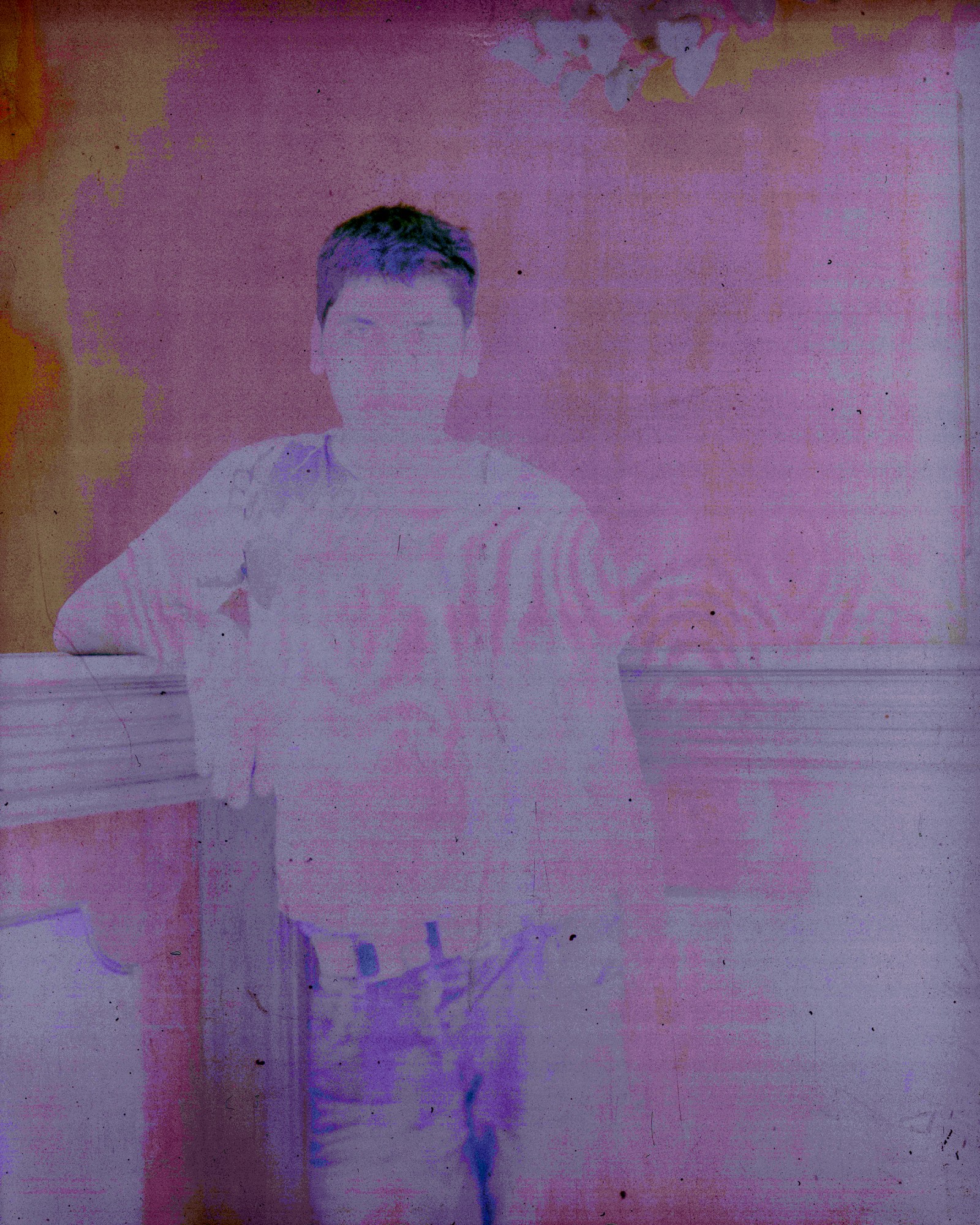
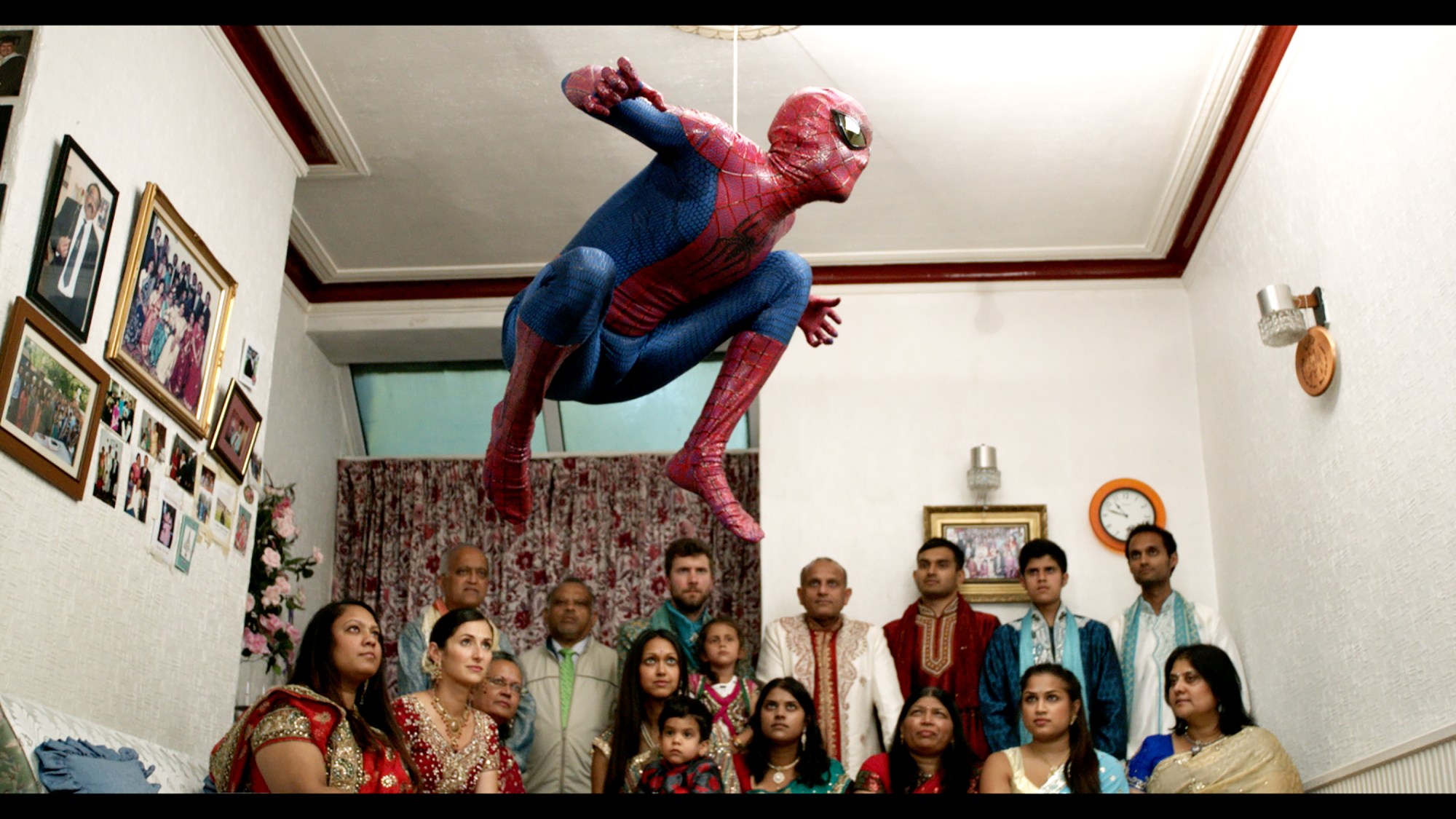
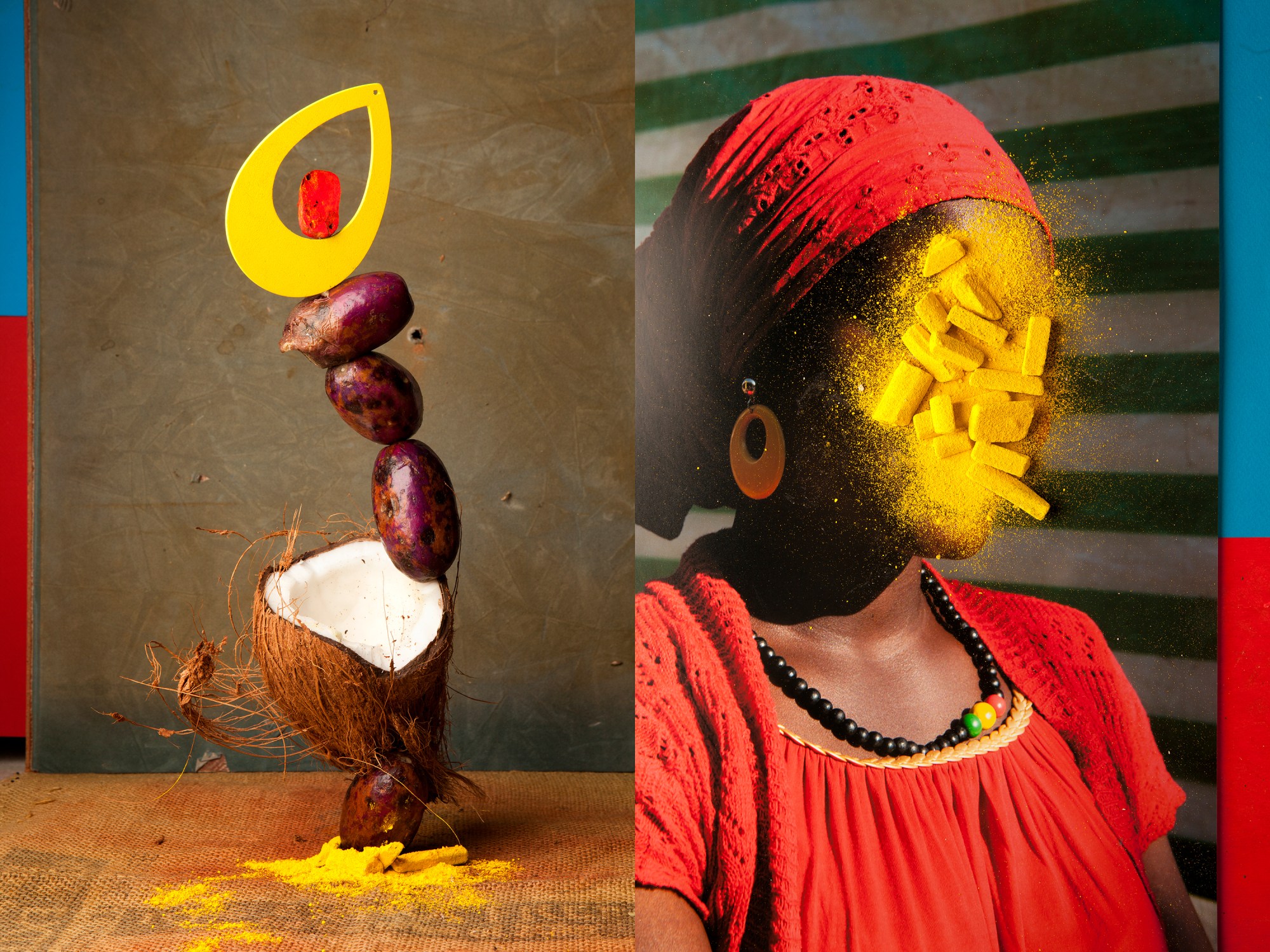
‘Kaleidoscope: Immigration and Modern Britain’ runs until 8 September 2019 at Somerset House. Entrance is free.
